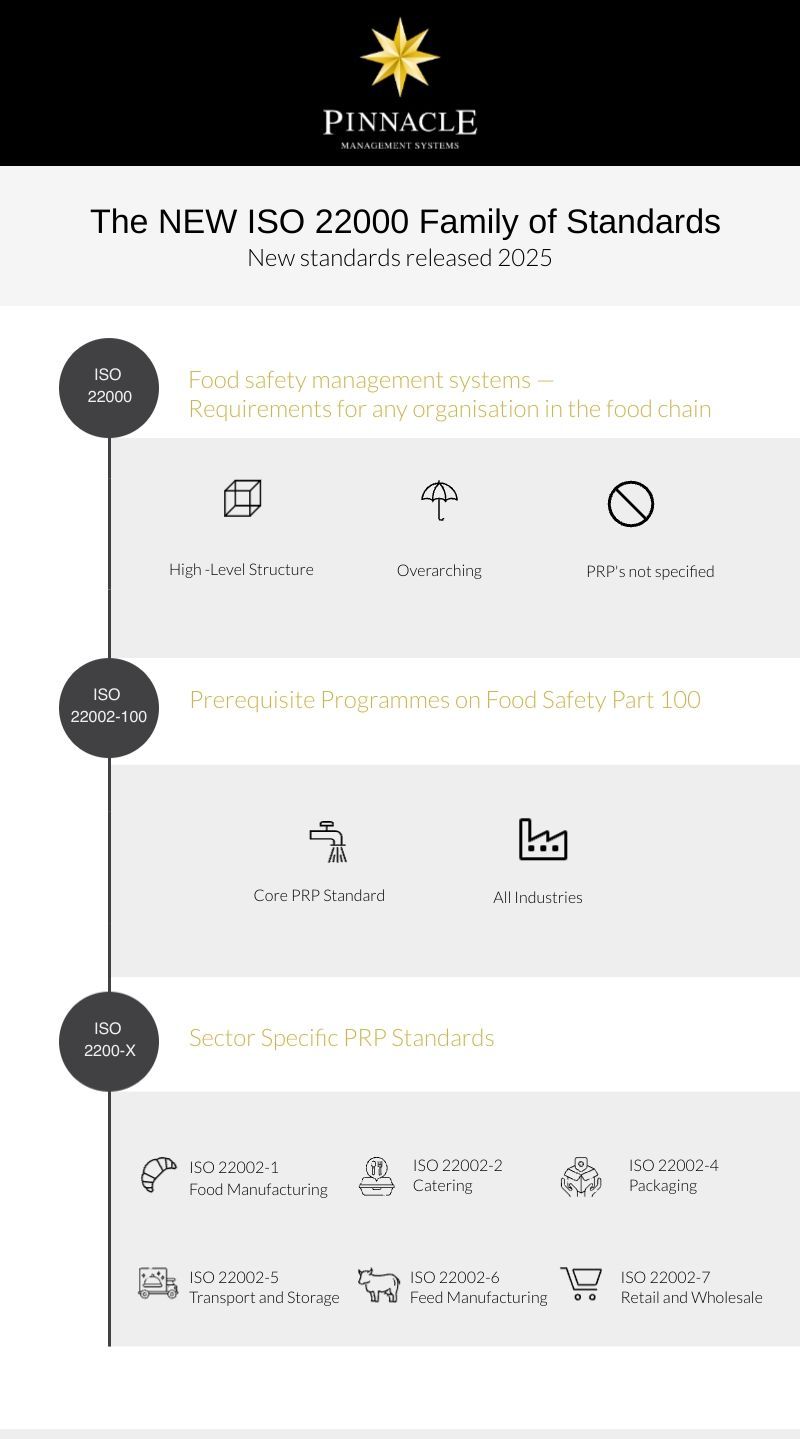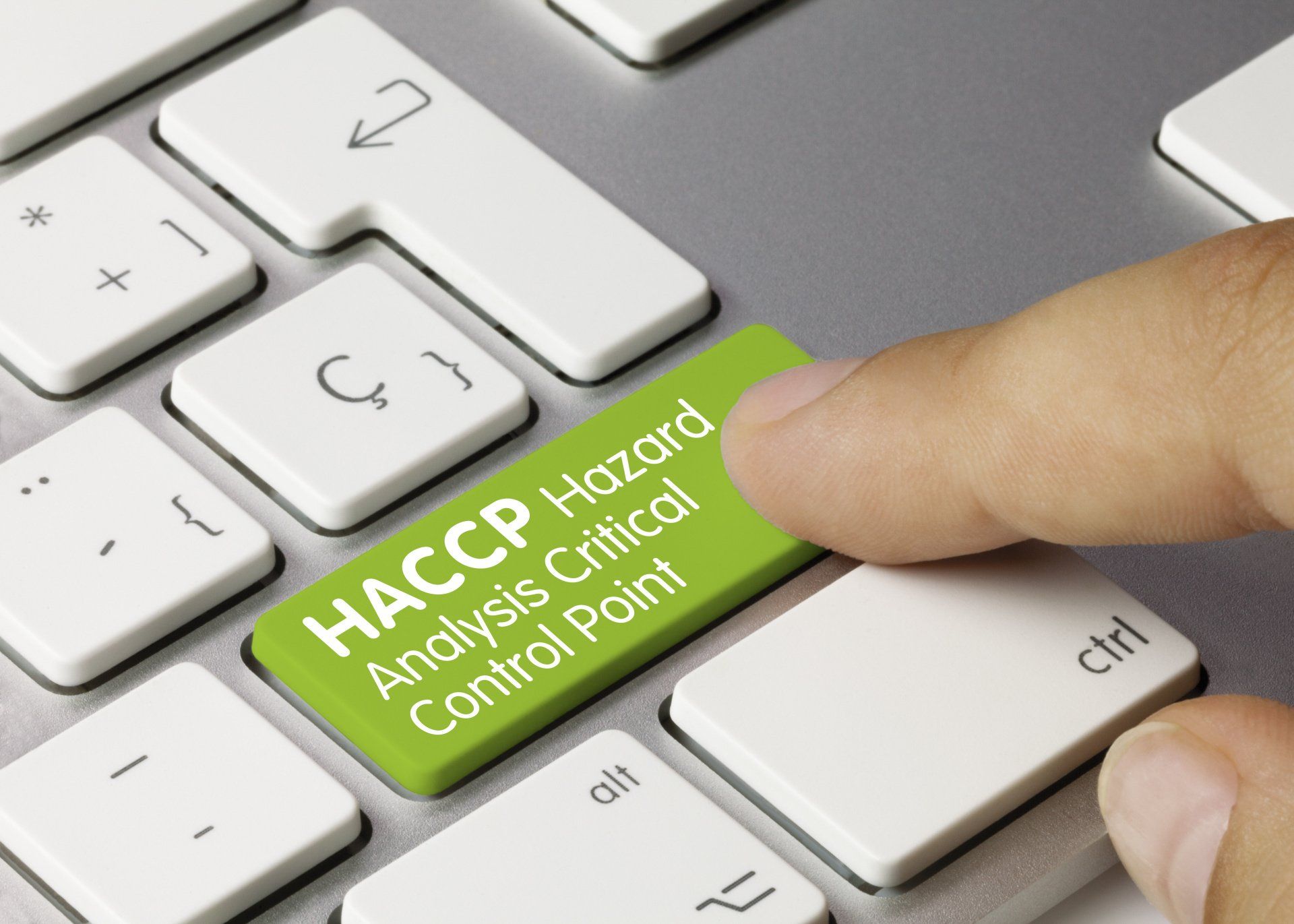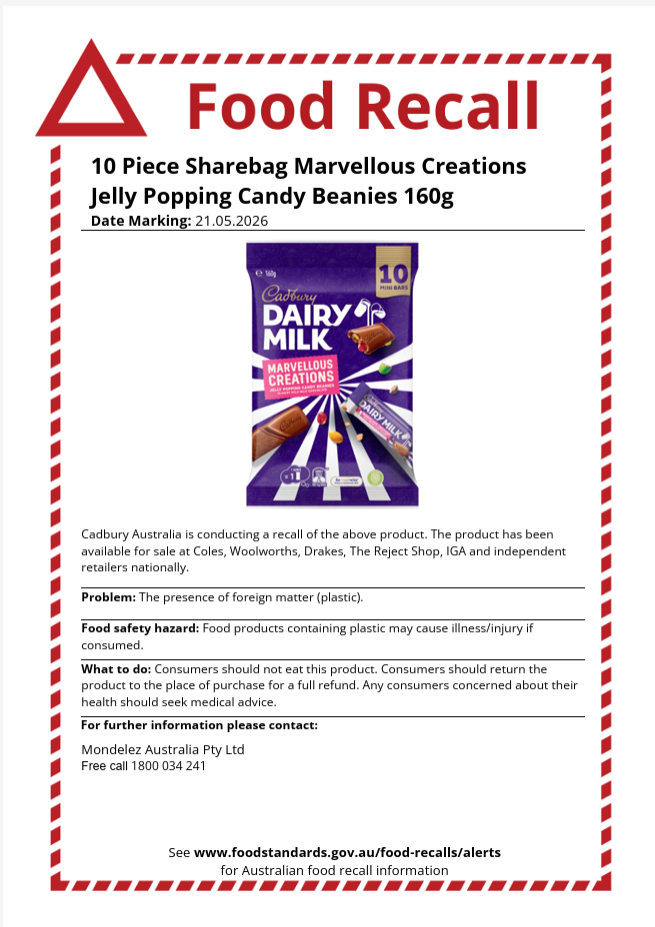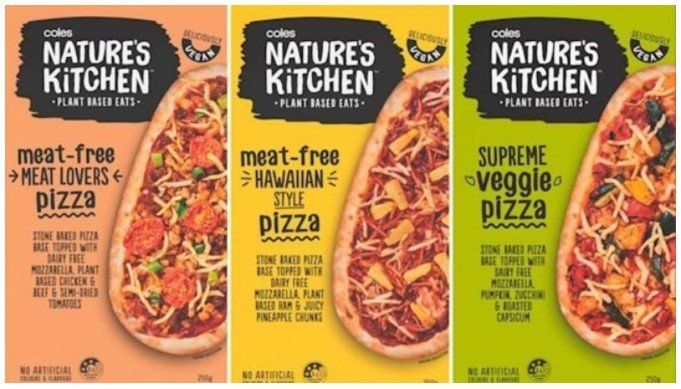NEW ISO 22002 Standards
How ISO 22002-100 Fits with ISO 22000
1. Role of ISO 22000
- ISO 22000:2018 is the overarching Food Safety Management System (FSMS) standard.
- It sets the framework: context, leadership, planning, risk-based thinking, operational control (including HACCP), performance evaluation, and continual improvement.
- Clause 8.2 (Prerequisite programmes) requires organisations to establish, implement, and maintain PRPs appropriate to their activities.
- However, ISO 22000 does not specify detailed PRP requirements, it leaves that to supporting standards.
2. The Gap ISO 22002-100 Fills
- ISO 22002-100:2025 is a new foundational PRP standard that provides the “core” requirements applicable across all food chain sectors.
- It introduces common baseline PRPs (e.g., layout, utilities, personnel hygiene, cleaning, pest control, contamination prevention).
- This avoids duplication and ensures consistency across different sector standards.
3. Link to Sector-Specific Standards
After applying the common requirements in ISO 22002-100, organisations then apply the sector-specific PRP standards:
- ISO 22002-1:2025 → Food manufacturing
- ISO 22002-2:2025 → Catering
- ISO 22002-4:2025 → Packaging
- ISO 22002-6:2025 → Feed manufacturing
- ISO 22002-7:2025 → Retail/wholesale
- (etc.)
Each sector-specific standard is designed to be used in combination with ISO 22002-100, not as a stand-alone.
4. Practical Integration with ISO 22000
Think of it as a three-layer structure:
- ISO 22000 → FSMS framework (HACCP + management system requirements)
- ISO 22002-100 → Core PRPs (baseline hygiene & infrastructure applicable everywhere)
- ISO 22002-X (sector-specific) → Tailored PRPs (unique to your food sector, e.g., food manufacturing in ISO 22002-1)
Together, they ensure:
- ISO 22000 provides the management system backbone.
- ISO 22002-100 and the relevant sector-specific standard provide the operational hygiene and infrastructure controls needed to make HACCP effective.
5. Certification Relevance
For FSSC 22000, certification requires ISO 22000 plus the appropriate ISO 22002 PRP standard.
With the 2025 update, this will now mean:
- ISO 22000:2018
- ISO 22002-100:2025 (core)
- ISO 22002-X:2025 (sector-specific, e.g., -1 for manufacturing)
So, ISO 22002-100 is essentially the missing link, it standardises the PRP “foundation” so that sector standards don’t need to repeat it.
In short:
ISO 22000 tells you what to manage, ISO 22002-100 tells you the baseline PRPs every food business must have, and ISO 22002-1 (or another sector standard) tells you the extra PRPs specific to your sector.












